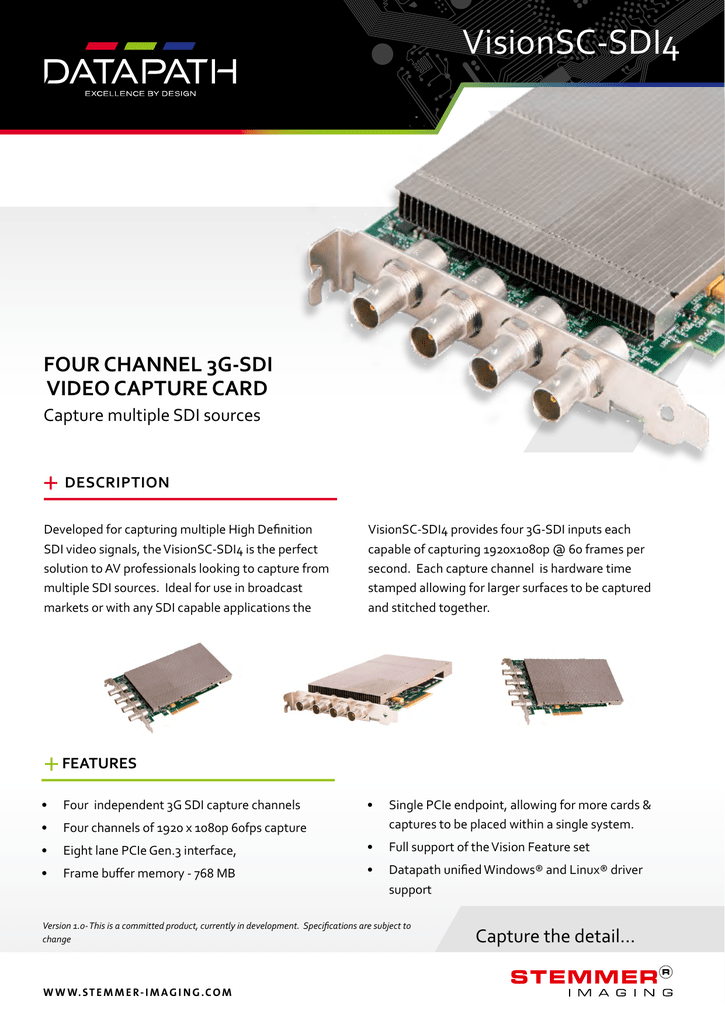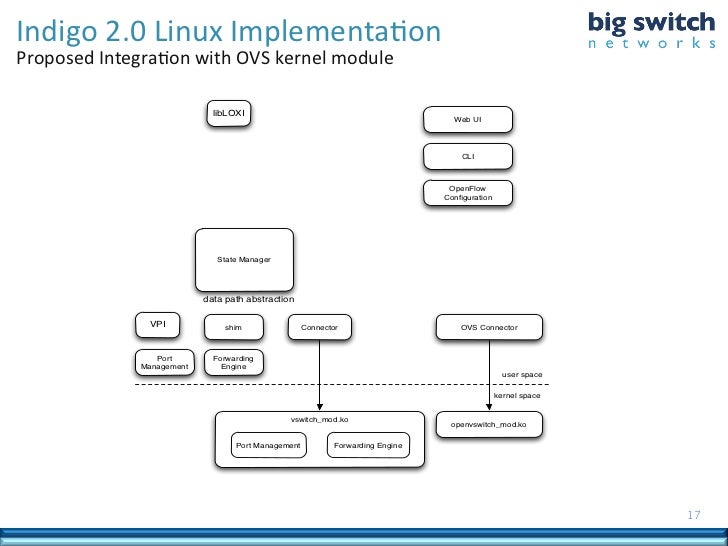All of Datapath’s award-winning video wall controllers are now supplied with the Display Driver Configuration Tool (DCCT) software pre-installed. The wizard allows users to easily configure video walls and get started in minutes. Datapath Wall Control-red video wall software enables you to configure your multi-screen display, launch video overlays and create a video wall layout configuration.


The ImageDP4 combines a single, powerful graphics processor with improved memory and PCI Express bandwidths to provide responsive performance at up to double the resolution of previous Datapath graphics cards.
Advanced display technology allows up to 16 ImageDP4 graphics cards to be supported by the Datapath display driver, providing a high resolution Windows® desktop comprising up to 64 screens. This ability to present standard Windows® applications alongside full frame-rate video on a single high resolution desktop allows the visualisation of large amounts of data at once to aid effective decision making. To complete the integration into a single desktop, all the outputs of the ImageDP4 graphics card are automatically frame-locked across all cards within a system.
This four channel DisplayPort graphics card is optimised for use with the Datapath Vision range of capture cards for systems requiring video overlays from a wide range of sources and resolutions. Video windows can be positioned and sized anywhere on the multi-screen desktop, while maintaining full frame rate, true colour rendering throughout.
Combining the Vision video capture cards with an ImageDP4 graphics display allows the construction of high-end display wall systems.
The ImageDP4 card natively supports four full-sized DisplayPort outputs for the convenience of high resolution, locking cable connectors and significantly longer cable lengths. Air flow management is optimised through the use of passive cooling, providing high reliability for any multi screen solution.
This topic describes the steps for a NetAdapterCx client driver to initialize and start WDFDEVICE and NETADAPTER objects. For more info about these objects and their relationship, see Summary of NetAdapterCx objects.
EVT_WDF_DRIVER_DEVICE_ADD
A NetAdapterCx client driver registers its EVT_WDF_DRIVER_DEVICE_ADD callback function when it calls WdfDriverCreate from its DriverEntry routine.

In EVT_WDF_DRIVER_DEVICE_ADD, a NetAdapterCx client driver should do the following in order:
Call NetDeviceInitConfig.
Call WdfDeviceCreate.
Tip
If your device supports more than one NETADAPTER, we recommend storing pointers to each adapter in your device context.
Create the NETADAPTER object. To do so, the client calls NetAdapterInitAllocate, followed by optional NetAdapterInitSetXxx methods to initailize the adapter's attributes. Finally, the client calls NetAdapterCreate.
The following example shows how a client driver might initialize a NETADAPTER object. Note that error handling is simplified in this example.
Datapath Driver Download
Optionally, you can add context space to the NETADAPTER object. Since you can set a context on any WDF object, you could add separate context space for the WDFDEVICE and the NETADAPTER objects. In the example in step 3, the client adds MY_ADAPTER_CONTEXT to the NETADAPTER object. For more info, see Framework Object Context Space.
Datapath X4 Driver Mac
We recommend that you put device-related data in the context for your WDFDEVICE, and networking-related data such as link layer addresses into your NETADAPTER context. If you are porting an existing NDIS 6.x driver, you'll likely have a single MiniportAdapterContext that combines networking-related and device-related data into a single data structure. To simplify the porting process, just convert that entire structure to the WDFDEVICE context, and make the NETADAPTER's context a small structure that points to the WDFDEVICE's context.

You can optionally provide 2 callbacks to the NET_ADAPTER_DATAPATH_CALLBACKS_INIT method:
For details on what to provide in your implementations of these callbacks, see the individual reference pages.
EVT_WDF_DEVICE_PREPARE_HARDWARE
Many NetAdapterCx client drivers start their adapters from within their EVT_WDF_DEVICE_PREPARE_HARDWARE callback function, with the notable exception of Mobile Broadband class extension client drivers. To register an EVT_WDF_DEVICE_PREPARE_HARDWARE callback function, a NetAdapterCx client driver must call WdfDeviceInitSetPnpPowerEventCallbacks.
Within EVT_WDF_DEVICE_PREPARE_HARDWARE, in addition to other hardware preparation tasks the client driver sets the adapter's required and optional capabilities.
NetAdapterCx requires the client driver to set the following capabilities:
Datapath Driver Salary
Data path capabilities. The driver calls NetAdapterSetDataPathCapabilities to set these capabilities. For more information, see Network data buffer management.
Link layer capabilities. The driver calls NetAdapterSetDataPathCapabilities to set these capabilities.
Link layer maximum transfer unit (MTU) size. The driver calls NetAdapterSetDataPathCapabilities to set the MTU size.
The driver must then call NetAdapterStart to start their adapter.
Datapath Driver Jobs
The following example shows how a client driver might start a NETADAPTER object. Note that code required for setting up each adapter capabilities method is left out for brevity and clarity, and error handling is simplified.